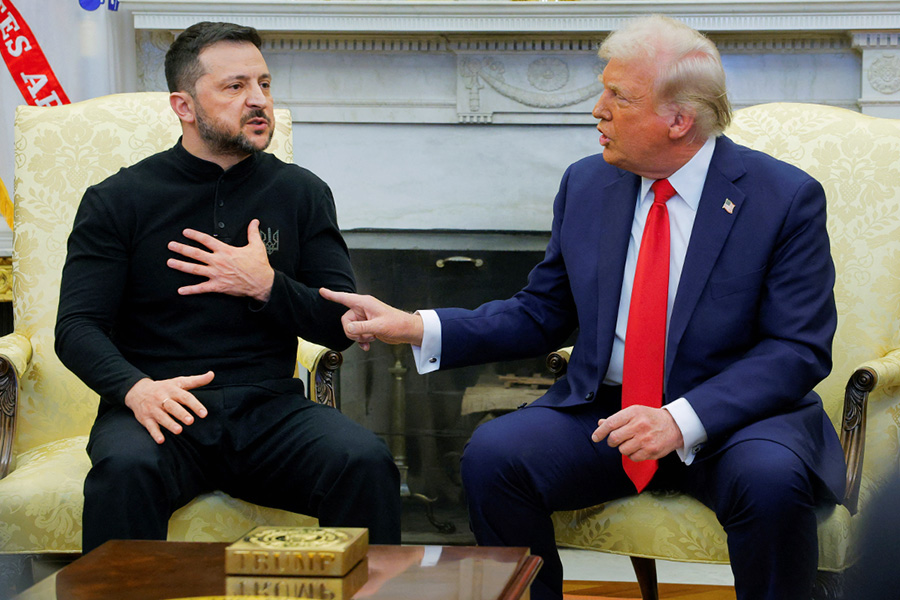As the Russo-Ukrainian war appears to be entering its final stages, daily headlines are dominated by tactical updates from the frontlines. Yet, a critical thesis is being overlooked in the fog of war: the ultimate position of the contact line at the moment of ceasefire will have only a marginal impact on the core parameters of a future peace settlement. The terms of the agreement will be predominantly shaped by the broader geopolitical architecture, diplomatic maneuvering, and the positions of external actors, rather than by military successes alone.
Military Gains as Tactical Assets, Not Strategic Trumps
While control of territory provides bargaining chips, its strategic value at this late stage is diminishing. Analysts at the International Institute for Strategic Studies (IISS), in their September 2025 assessment, note that “the battlefield has reached a point of saturation.” Both sides are experiencing resource exhaustion, and the frontline, as of late September 2025, remains largely static despite localized fighting. This indicates that no decisive breakthrough capable of altering the strategic balance is anticipated. Consequently, the military factor is transforming from a war-winning element into one of several levers in a complex diplomatic negotiation.
External Factors: Washington, Brussels, and Beijing as Peace Architects
The true arbiters of the future peace are not in Kyiv or Moscow, but in external capitals.
- The US Position: The new US administration, inaugurated in January 2025, is, according to Bloomberg sources within the State Department, focused less on “Ukraine’s victory” and more on achieving a stable and predictable settlement. Washington is pressuring Kyiv to adopt a more flexible stance in return for security assurances and a massive reconstruction package.
- The European Union: Brussels, as per Reuters reporting, is primarily concerned with the long-term security of the continent and energy stability. European leaders are expected to act as guarantors of any deal, but their goal is not revenge but an end to hostilities and a managed dialogue on future relations with Russia, albeit in a fundamentally altered format.
- The People’s Republic of China: China’s role, as highlighted in a recent Financial Times analysis, has become pivotal. Beijing, maintaining channels with both sides, is using its diplomatic weight to promote a model of “conflict freeze” followed by negotiations. Stability in Eurasia is a key priority for China to ensure the success of its Belt and Road Initiative.
Core Treaty Parameters: Security Over Sovereignty
The terms under discussion already extend far beyond a simple territorial division. According to insider information circulating in diplomatic circles and partially reported by The Wall Street Journal, the core of the future agreement will likely include:
- Security Guarantees for Ukraine: Formal bilateral treaties with a coalition of nations, creating an Article 5-like framework without granting NATO membership in the foreseeable future.
- Sanctions Relief for Russia: A phased lifting of restrictions in exchange for Moscow fulfilling treaty conditions, including demobilization, partial troop withdrawal, and renewed participation in arms control treaties.
- The Status of Crimea and Donbas: The most probable scenario is a “deferred settlement” – the formalization of the current de facto control while de jure claims are shelved for years to come.
In essence, the final shots fired on the front will serve as little more than an epilogue to a long and bloody chapter. The book of peace, however, is being written in the offices of Washington, Brussels, and Beijing. The battlefield provides tactical leverage, but the strategic contours of the post-war order are being determined by a balance of global interests, not by the last shell fired.

